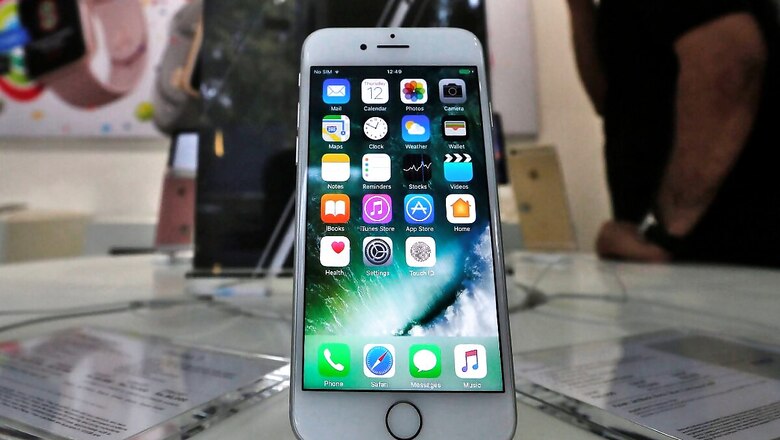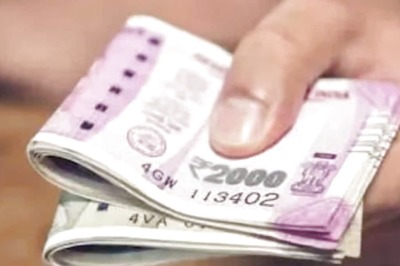
views
India needs to create a ‘National Semiconductor Mission’ as the “world needs India in this field” and the Production Linked Incentive (PLI) scheme for smartphones needs “revamp and course correction” if the country is to achieve $300 billion target in electronics manufacturing by 2025-26, top companies and industry bodies in the field have told the government.
These suggestions emerged in presentations made before senior government ministers on Wednesday at the ongoing ‘Azadi Ka Digital Mahotsav’ after heads of various companies and industry bodies debated on how India can achieve its big aim.
“As much as we are chasing the semiconductor business, the world needs India for semiconductors. The semiconductor industry needs India. Promote it boldly. Creating the National Semiconductor Mission should be the aim,” the presentation, reviewed by News18, said.
Senior functionaries from Vedanta Group, Intel India, Tata Electronics, NXP and IESA were part of the discussion on the roadmap for superconductor industry. “The government should throw the challenge back to the industry and associations that are advising the government. Google, Amazon, Facebook are all getting into chips. Throw the challenge back to the industry to create that next processor. Lot of opportunity in the market, think global. It is different from what we are used to do. The timing is right,” the presentation made on the discussions mentioned.
Revamp PLI Scheme for Smartphones, IT
Telecom and IT hardware industry leaders told the government in another session that a “well-crafted, well-suited and regularly monitored PLI” was needed for both sectors, terming it a pillar to reach $300 billion target by 2025-26.
The government had last year notified the PLI scheme for large scale electronics manufacturing, under which there will be an incentive of 4 to 6% on incremental sales for a period of five years subsequent to the base year.
“PLI is the most significant driver by a mile towards $300 billion. Smartphone PLI needs quarterly review and course correction. Ease of Doing Business will be a critical element. IT hardware PLI needs to be revamped from the ground upward. PLI needs to aim for ‘shifting’ production, not expanding unlike mobiles,” the presentation made to ministers said.
Top representatives from Apple, Lava, ICEA, MAIT, Dixon and Flex participated in the discussion and asked the Ministry of IT and Electronics (MeiTY), Department for Promotion of Industry and Internal Trade (DPIIT) and NITI Aayog to decide PLI financials with Finance Ministry playing a supporting role.
“We need to focus on mobile phones as priority sector to achieve $300 billion by 2026. The highest projected exports are from $3.6 billion in 2020-21 to $55 billion in 2025-26 — a 15-times rise,” the presentation said.
The industry honchos said exports are key to achieving the $300 billion target and the country needs to snatch global market share.
“Business as usual will get us to $100-110 billion max by 2026. Domestic market is critical but even best results won’t get us close to $300 billion. Exports play a key role in reaching $300 billion. Mobile production is 5% of global value production and 15% of volume, while IT hardware production is 0.5% of global production – both grossly inadequate to achieve $300 billion,” the presentation made before the Union ministers said.
Tariffs will be critical to cost competitiveness and a matching and stable tariff regime must be decided by industry and MeitY, the industry said. “Tariffs may be a disability. High tariffs perpetuate imports, not restrict imports. Tariffs in effect amount to a tax on exports. Tariff reduction are advised on inputs to 0 or at best 5%. Highest tariffs are within electronics. Tariffs may neutralise the benefit of supportive policies. Increase in India’s tariffs in 2020 and 2021 raised costs by around 4-5%. High and stiff tariffs discourage value addition. Tariff hikes likely to reduce output/investment by 8%, employment by 9% and exports by 31%. Tariffs introduce instability,” the presentation mentioned.
Read all the Latest Business News here


















Comments
0 comment